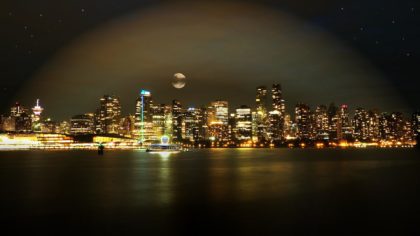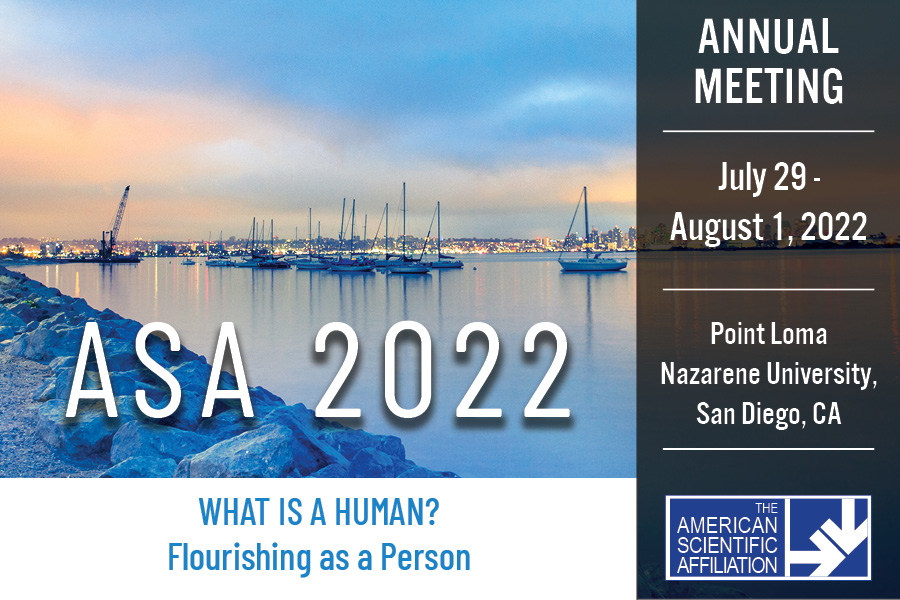
According to Genesis 1, on the first day of creation God called the light into being, he separated light from darkness, he called the light “day” and the darkness “night”, and he called it good. Most of us would agree that light is, indeed, good. Both literally and metaphorically light drives out the darkness and allows us to see so that we can find our way. And it is not only humans that value light–all of the natural world benefits from it.
Like humans, animals use light to navigate. Monarch butterflies use the sun to navigate when they migrate to Mexico. Other animals that use the sun for compass orientation include fish, birds, reptiles, ants, bees, and sandhoppers. Some of these, like the sandhopper (a type of small, terrestrial crustacean), are able to account for changes in the sun’s position during the day using their internal circadian clocks [1]. Various animals use the moon or stars to navigate. Some dung beetles (e.g. Scarabaeus zambesianus) are able to navigate using polarized moonlight [2], while a different species of dung beetle (Scarabaeus satyrus) need for the Milky Way to be bright and clearly visible to navigate away from a dung heap [3].
In addition to using light to navigate, humans, plants, and non-human animals use light to tell time. The circadian clock (i.e. circadian rhythm) is a natural, endogenous (i.e. internal) process that regulates sleep-wake cycles and the timing of physiological processes like sugar and fat metabolism. These endogenous clocks can be set to a local environment based on external cues (i.e. zeitgebers) including light. In insects, changes in the number of hours of light in each day (i.e. the photoperiod) can signal that winter is coming and that it is time to prepare for becoming dormant (i.e. enter diapause).
Light is also a tool used to create the energy needed to keep living. Humans and most other animals consume other organisms to survive. But a significant number of other living creatures are able to synthesize their own energy. Plants, bacteria, and algae use light to create the energy they need to keep living. Photoautotrophs, like plants and algae, use sunlight to produce sugar from carbon dioxide and water. Photoheterotrophs, such as purple bacteria, green non-sulfur bacteria, and heliobacteria, also create energy using light, but their starting material comes from carbohydrates, fatty acids, or naturally occurring alcohols rather than carbon dioxide. There are even some reports that some insects, like aphids and the Oriental hornet, can harvest light to create energy [4,5].

Then God said, “Let lights appear in the sky to separate the day from the night. Let them be signs to mark the seasons, days, and years. 15 Let these lights in the sky shine down on the earth.” And that is what happened. 16 God made two great lights–the larger one to govern the day, and the smaller one to govern the night. He also made the stars. 17 God set these lights in the sky to light the earth, 18 to govern the day and night, and to separate the light from the darkness. And God saw that it was good. (Genesis 1:14-18, NLT)
These are just a few examples that illustrate how light is useful and good. Unfortunately, in the current era light is not necessarily good–especially when there is too much of it. Light pollution, defined as the inappropriate or excessive use of artificial light, is a relatively new thing in the history of the world. But since at least 1988, it has been recognized as a global problem. According to the Dark-Sky Association light pollution occurs when light escapes from one property to a neighboring property (i.e. light trespass), when there is excessive light at a time or place when it isn’t needed (i.e. over-illumination), there are redundant clusters of lighting (i.e. light clutter), or when multitudes of light sources collect over large urban areas (i.e. skyglow). A recent estimate from the World Atlas of Artificial Night Sky Brightness [6] suggests that light pollution, especially from skyglow, is an extensive problem and that only ~ 1% of people in Europe and the United States experience the night sky as God intended. Not being able to see the night sky is tragic in itself. For centuries the stars have inspired paintings and poetry, and they have influenced science and religion. It would be unfortunate to lose that inspiration.
But a bigger problem is that light pollution is causing physical harm to humans and animals. Sleep schedules and circadian rhythms are being disrupted, resulting in a large number of sleep deprived birds as well as overly tired people. Light pollution is causing navigation problems for migrating birds, and may be negatively impacting bird nesting behavior. Insects are also affected by light pollution. The timing of mosquito activity appears to be impacted by light pollution because the number of light hours per day tells mosquitoes when to enter diapause. More light from artificial sources means there are more months of the year when mosquitoes are active and biting. A longer mosquito season is not only annoying, but also increases the spread of mosquito-transmitted diseases [7].
So this is interesting, but why does it matter? Light pollution is a bigger problem than many of us realize, and it is having a significant negative impact on all living things. Environmentally conscious people, including Christians who are committed to creation care, would do well to include lighting considerations in their Green policy. Some simple changes include using motion detectors on safety lights and use directional covers on outdoor lights to limit the time and space illuminated. More ambitious groups might consider turning their campus or community into an International Dark Sky Place. In my opinion, the night sky is a marvelous example of God’s creation that inspires me to worship. Let’s work together to allow more people to experience it.
Cited references:
[1] Lockley, Ronald M. (1967). Animal Navigation. Pan Books
[2] Dacke, M.; Nordström, P.; Scholtz, C. H. (May 2003). “Twilight orientation to polarised light in the crepuscular dung beetle Scarabaeus zambesianus”. Journal of Experimental Biology. 206 (9): 1535–1543. doi:10.1242/jeb.00289. PMID 12654892.
[3] Dacke, Marie; Baird, Emily; Byrne, Marcus; Scholtz, Clarke H.; Warrant, Eric J. (2013). “Dung Beetles Use the Milky Way for Orientation”. Current Biology. 23 (4): 298–300. doi:10.1016/j.cub.2012.12.034. PMID 23352694.
[4] Valmalette, J.C.; Dombrovsky, A.; Brat, P.; Mertz, C.; Capovilla, M.; Robichon, A. (2012). “Light-induced electron transfer and ATP synthesis in a carotene synthesizing insect”. Scientific Reports. 2: 579. doi:10.1038/srep00579. PMID 22900140.
[5] Plotkin, Hod, Zaban; et al. (2010). “Solar energy harvesting in the epicuticle of the oriental hornet (Vespa orientalis)”. Naturwissenschaften. 97 (12): 1067–1076. doi:10.1007/s00114-010-0728-1. PMID 21052618.
[6] Falchi, F., Cinzano, P., Duriscoe, D., Kyba, C.C.M., Elvidge, C.D., Baugh, K., Protnov, B.A., Rybnikova, N.A., Furgoni, R., 2016. The new world atlas of artificial night sky brightness. Science Advances, 2: e1600377.
[7] Fyie LR, Gardiner MM, Meuti ME. 2021. Artificial light at night alters the seasonal responses of biting mosquitoes. J Insect Physiol. doi: 10.1016/j.jinsphys.2021.104194. PMID: 33482172.
Editor’s note: Scientists and scientists-in-training, check out the details on Emerging Scholars’ track at the upcoming conference of the American Scientific Affiliation, including scholarship opportunities.

Dr. Julie A. Reynolds is a Research Scientist at The Ohio State University in the department of Evolution, Ecology, and Organismal Biology. She studies insect physiology and biochemistry with the goal of learning how animals adapt to extreme environments and survive changes in climate. In addition to writing for the Emerging Scholars Network, she is actively engages in discussions about science and faith as a Sinai and Synapses Fellow.

Leave a Reply